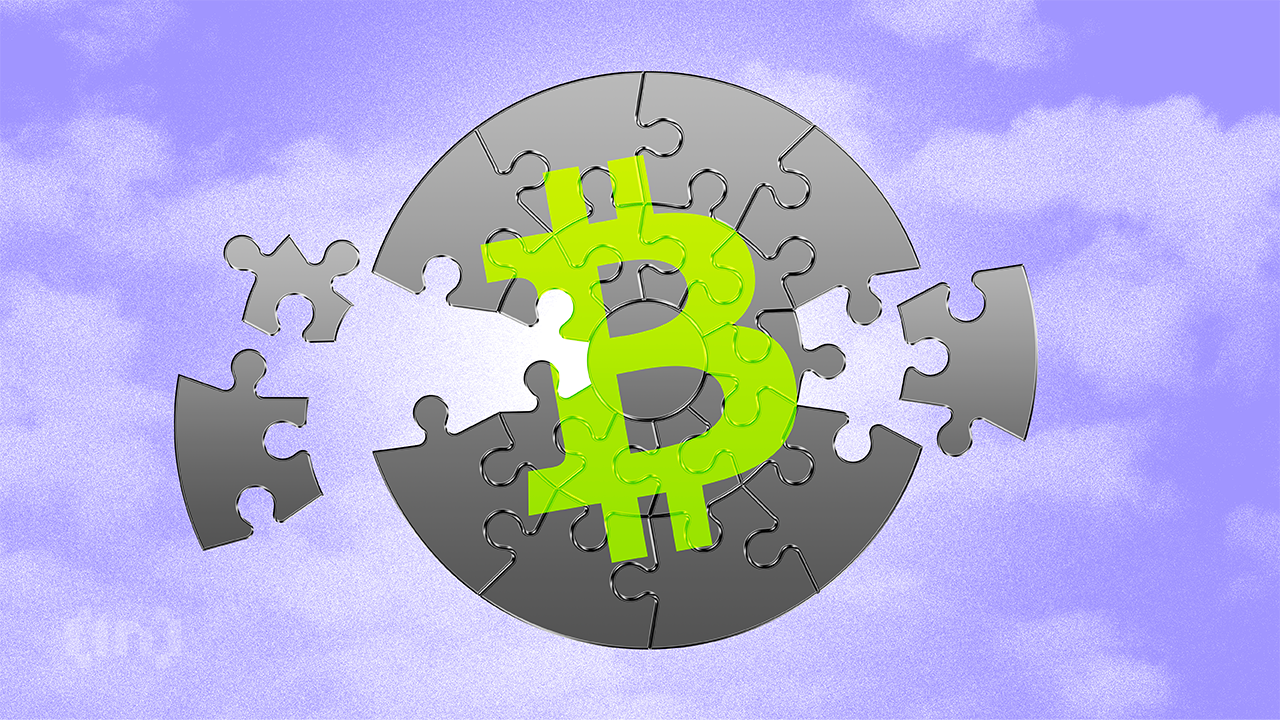[ad_1]

The real identity of Bitcoin inventor Satoshi Nakamoto is a favorite topic of debate in the world of crypto, and Hal Finney’s name often comes up as a likely candidate.
Although he denied the claims before his death in 2014, Finney remains a strong contender to this day.
Who is Hal Finney?
Hal Finney is the shortened version of Harold Thomas Finney II. Born in California in 1956, few details are known about Finney’s early life. But he is remembered in the field of cryptography as a brilliant computer scientist and committed cypherpunk.
After graduating with an engineering degree from the California Institute of Technology in 1979, Finney initially embarked on a career as a game developer. In the eighties, he worked on titles including Adventures of Tron, Armor Ambush, Astrosmash, and Space Attack. However, from 1986 onward, he would transition to focus his professional and personal energies on cryptography.
Finney’s interest in cryptography would see him work closely with Phil Zimmermann to develop the Pretty Good Privacy (PGP) encryption protocol. And when Zimmerman founded PGP inc. in 1996, Finney was his first hire.
Throughout the nineties, Finney became a central figure in the cypherpunk movement. Alongside other members of the group, he advocated for the use of privacy-enhancing technologies as a means of evading surveillance.
The cypherpunks were discussing online surveillance and data privacy when awareness of such topics was rare. And participants in the movement were among the first to explore tools that allow people to traverse the digital realm anonymously.
Finney’s Role in Pre-Bitcoin Digital Cash Research
Alongside his friend and fellow cryptographer Nick Szabo, Finney became interested in the concept of digital cash. In 1998, Szabo proposed a design for a decentralized digital called bit gold. Finney would later build on the work when he developed the first reusable Proof-of-Work (PoW) system in 2004.
Both bit gold and Finney’s research into PoW mechanisms are often cited as important precursors to the development of cryptocurrencies. And both men have been associated with the name Satoshi Nakamoto.
Interestingly, Finney was involved in the Bitcoin network from its inception. And he received the first Bitcoin transaction from Nakamoto’s wallet in 2008.
Toward the end of his life, Hal Finney was diagnosed with amyotrophic lateral sclerosis (ALS).
The degenerative disease would ultimately lead to his death in 2014. In an obituary, the New York Times reported that Finney’s family was able to pay for medical treatment in his final years using Bitcoins he secured in the early days of the network.
When questioned by journalists, Finney always denied being the inventor of Bitcoin. In posts on the BitcoinTalk forum in 2013, he claimed to only have interacted with Nakamoto online and had no knowledge of their real identity.
According to those posts, Finney’s relationship with Nakamoto grew out of a shared interest in the concept of an anonymous digital currency. From this, Finney became the first Bitcoin recipient. However, besides being a beneficiary of early transactions, he said that he had little involvement in the nascent project for its first two years.
Bitcoin Origins Still a Mystery
Today, the true identity of Satoshi Nakamoto remains shrouded in mystery. But speculation continues to abound as the debate rages on.
For example, in the UK, Dr. Craig Steven Wright is fighting a copyright case to prove that he authored the Bitcoin white paper. However, it is unlikely he will prove his claim. That is unless he surprises the world and provides evidence that he controls Nakamoto’s PGP key.
Unlike Wright, Finney’s contributions to the history of crypto are widely acknowledged. From his work on PGP, which helped sustain anonymity during the Bitcoin community’s crucially formative years, to his invention of the PoW mechanism that would inspire Ethereum years later, Finney played a critical role in ushering in the crypto revolution.
Disclaimer
Following the Trust Project guidelines, this feature article presents opinions and perspectives from industry experts or individuals. BeInCrypto is dedicated to transparent reporting, but the views expressed in this article do not necessarily reflect those of BeInCrypto or its staff. Readers should verify information independently and consult with a professional before making decisions based on this content.
[ad_2]
Source link



